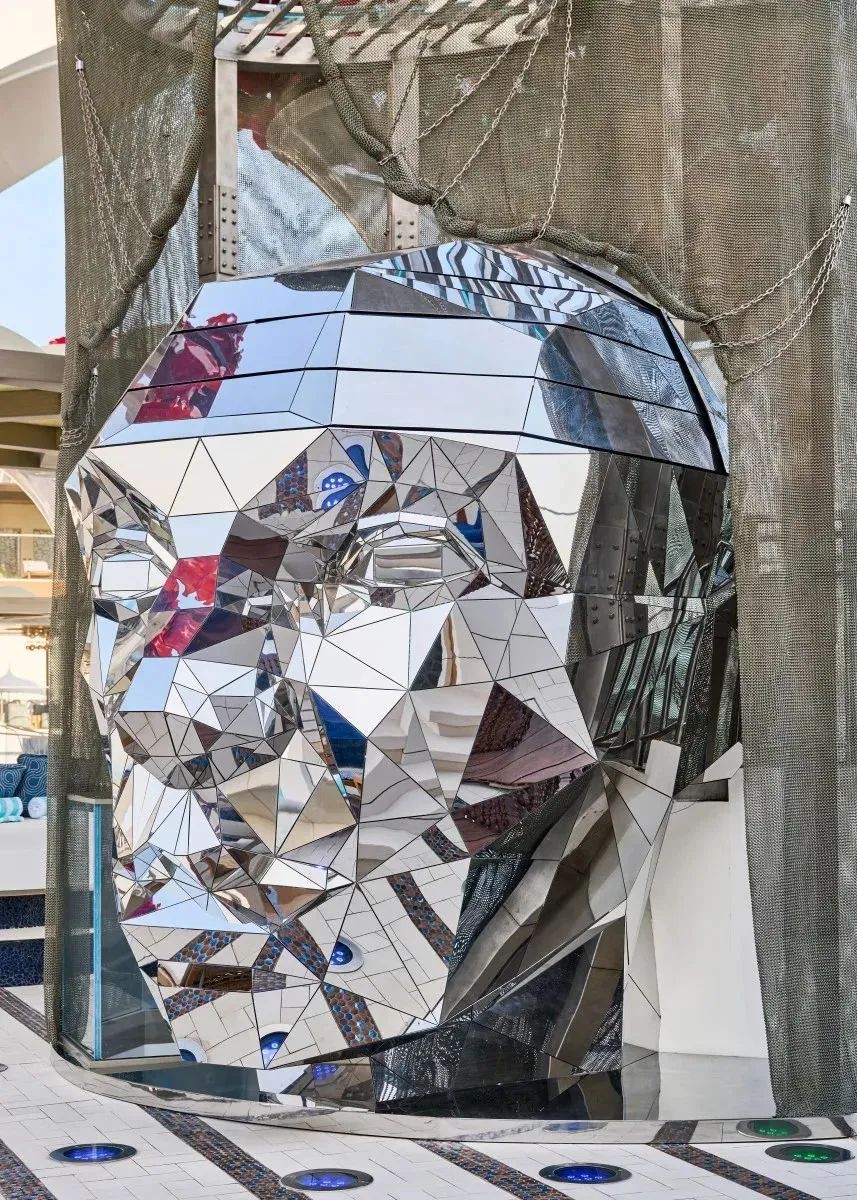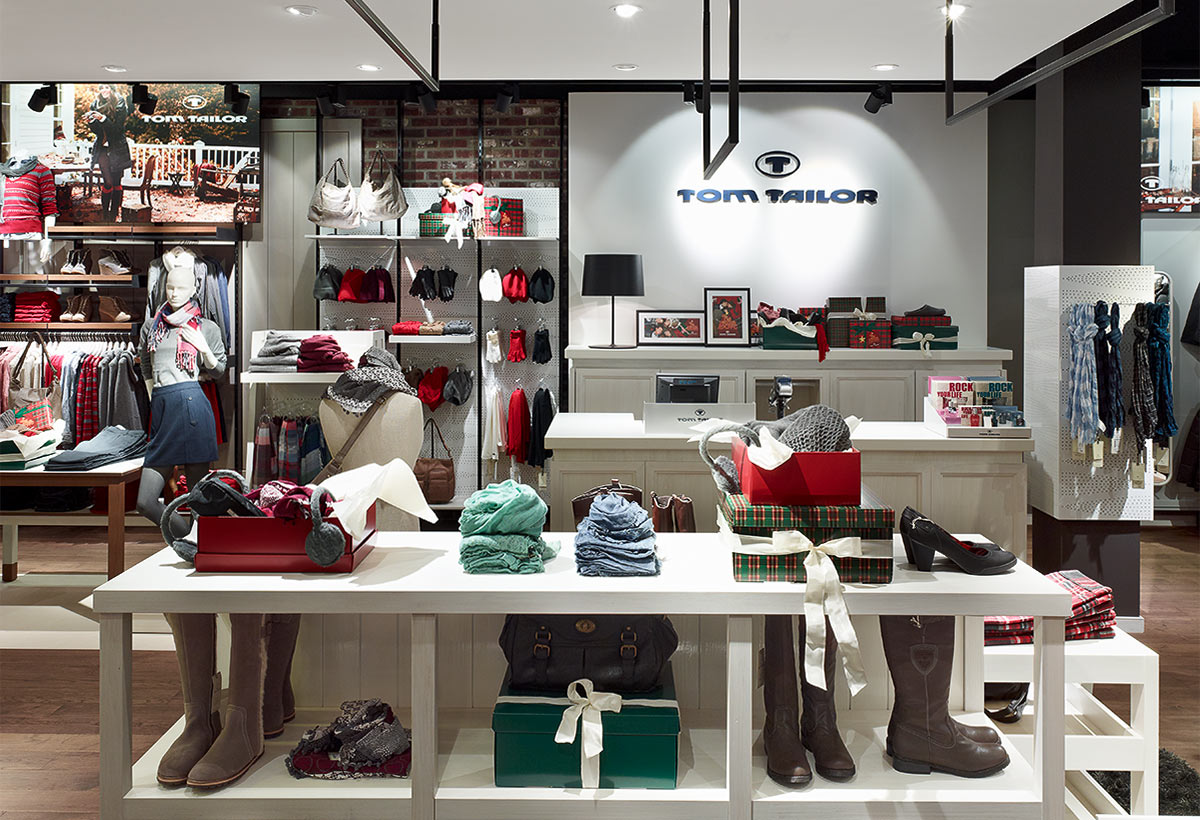DC II Vincent Van Duysen
2019-10-09 14:35
Located in the heart of Belgium, this peaceful and welcoming home with an informal, contemporary character sits perfectly in its rural surroundings. The project has several nuclei: a main building and two barns have all been rebuilt to evoke the old farm. The only restriction was that the new volumes were to be built on the existing footprint. Beside the existing configuration, the other imperative that formed the concept was to retain and acknowledge the simple shape of the original buildings – three long, abstract volumes, with a 45-degree gable roof. Formally, the simple, iconic, traditional building is referenced, but with the added contemporary approach of the study of form without showing traditional elements or ornamentation. The façade encapsulates this concept: gutters and chimneys are concealed, wood wraps around each volume (including the roof), and doors and thresholds are not made of traditional stone but out of wood. At first the abstract shapes of the three volumes might seem at odds with the rural context, but once entering the central courtyard along a covered concrete path and appreciating the surrounding structures and the full extent of the project, the viewer is alert to the coherence of the space with its specific configuration forming a central courtyard, typical of traditional Flemish regional farms. The main house is placed in between the grassland and the street – protected by the other two functional buildings. In this way it profits from the view onto the central courtyard, catching the midday sun on one side, while the other side opens onto fields, providing panoramic views over the landscape. 坐落在比利时的心脏,这个和平而又欢迎的家,以一个非正式的,当代的性格,坐落在它的乡村环境完美。这个项目有几个核心:一座主楼和两个谷仓都已重建,以唤起旧农场。唯一的限制是,新卷将建立在现有足迹的基础上。除了现有的结构之外,形成这一概念的另一项要务是保留和承认原始建筑的简单形状-三个长而抽象的体积,有一个45度的山墙屋顶。形式上,简单的、标志性的、传统的建筑被引用,但在形式的研究上增加了当代的方法,而没有表现出传统的元素或装饰。门面封装了这个概念:排水沟和烟囱被隐藏起来,每一卷书(包括屋顶)周围都包裹着木头,门和门槛不是用传统的石头做的,而是用木头做的。起初,这三卷书的抽象形状似乎与农村的背景不一致,但一旦进入中央庭院,沿着一条有盖的混凝土小路,欣赏周围的建筑和整个项目,观众就会注意到空间的一致性,它的具体结构形成了一个中央庭院,这是传统佛兰德地区农场的典型。主楼位于草原和街道之间,由另外两座功能建筑保护。这样,它从中央庭院的视野中获益,一面是正午的阳光,另一边是田野,可以俯瞰风景。


Passivhaus principles were followed and achieved in collaboration with Denc, an architectural studio specializing in sustainable construction. The minimal garden was designed by Paul Deroose, conceived around carefully located solitary trees. The brushed concrete floor inside reflects the traditional farm vernacular and the ground wood finish provides a visual continuation between the indoor and outdoor spaces. This formed a starting point for a modest, uniform interior approach to fit the general architectural atmosphere of the project. Passivhaus原则是通过与Denc合作实现的,Denc是一个专门从事可持续建筑的建筑工作室。这座最小的花园是由保罗·德鲁斯设计的,围绕着孤零零的树木精心设计。刷过的混凝土地板在室内和室外空间之间提供了一个视觉延续,反映了传统的农耕乡土风格和地面木质装饰。这形成了一个起点,一个适度的,统一的内部方法,以适应一般的建筑氛围的项目。


In collaboration with: Denc studio 与:DencStudio协作




Photography:


Hélène Binet Helene Binet


Koen Van Damme 科恩·范达梅


Juan Rodriguez 胡安·罗德里格斯




Publications:PLAN Magazine, July/ August/ September 2014 计划杂志,2014年7月/8月/9月Archello, February 2014 Archello,2014年2月Trajectoire Magazine, March 2014 轨迹杂志,2014年3月ArchDaily, September 2013 ArchDaily,2013年9月


推荐作品

下载


























